What’s the Buzz
The Bee Healthy Blog
Headache Location Meaning and Treatment
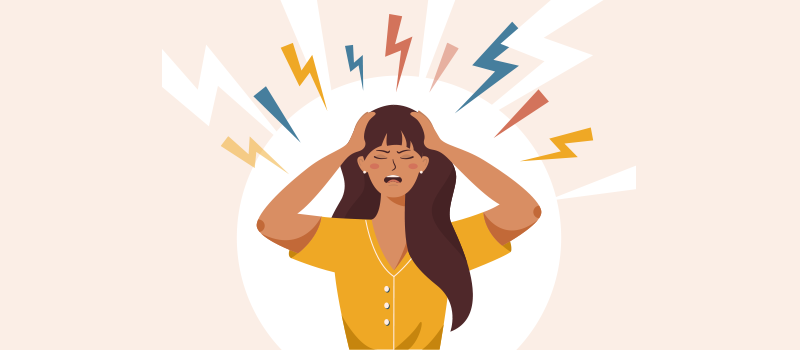
A headache is a very common problem. Most people have experienced one at some point in their lives. In fact, according to the International Headache Society, National Headache Foundation, and World Health Organization, 75% of people have had a headache within the past year.
But not all headaches are the same. A headache can cause throbbing or dull pain, constant pain or pain that comes and goes, and pain all over the head or only on one side.
Please continue reading to learn more about what headache locations mean. We will also talk about symptoms of a severe headache and when to seek medical care.
What are the different types of headache disorders?
First, let’s understand the difference between primary and secondary headaches.
Primary headaches occur on their own without an underlying cause. Examples of primary headaches include tension headaches and migraine headaches.
Secondary headaches are due to some other health problem. Examples of a secondary headache include sinus headache, headache due to a brain tumor, or a headache due to a medication side effect.
Here are some of the common types of headaches:
Tension Headaches
These are the most common type of headache. Tension headaches occur usually on both sides of the head. They are primary headaches and cause mild to moderate pain that is constant without throbbing. The pain can be worse with routine activities like climbing stairs, coughing, or bending over. A tension headache usually responds well to over-the-counter pain medicine.
Migraine Headaches
These are another common type of primary headaches. Migraine headaches cause moderate to severe pain that is throbbing or pounding in nature. They can last for several hours to days. Migraine headache sufferers often describe it as a splitting headache or their worst headache. Severe migraines can be accompanied by symptoms like nausea, vomiting, stomachache, and light and noise sensitivity.
Cluster Headaches
These are the most severe type of primary headaches. Cluster headaches occur 1-8 times per day in a cluster. They cause facial pain that is typically located in the eye region. The headache pain is intense, burning or stabbing in nature, and constant or throbbing. A cluster headache attack can last for anywhere from 2 weeks to 3 months. In general, cluster headaches tend to occur in the spring and fall. They can go into remission (disappear) only to return again months or years later.
Sinus Headaches
This is a type of secondary headache that occurs due to sinus infection and inflammation. Sinuses are passages in the cheeks and forehead. Common symptoms of sinus headaches, therefore, include severe and constant facial pain in the forehead and cheekbones, which is worse with sudden head movements. Other symptoms of sinus headaches may include fever, unpleasant taste, stuffy nose, fullness in the ears, and mucus (snot).
Medication Overuse Headaches
A medication overuse headache (also called a rebound headache) occurs due to the overuse of pain medicine for chronic headache. Signs and symptoms of medication overuse headaches or rebound headaches include increasingly frequent headaches, more than 15 days a month with headaches, and acute headache pain that is worse in the morning.
New Daily Persistent Headaches
New daily persistent headaches start suddenly and last for 3 months or longer in people who did not have frequent or recurrent headaches previously. The headache pain is constant and persistent and typically located on both sides of the head. New daily persistent headache tends to be unresponsive to pain relievers.
What does the location of your headache indicate?
Generalized Headache
Generalized headaches are not localized to one side or area. The pain typically occurs all over the head. A primary headache such as a tension headache or migraine headache can be felt in the entire head. Also, a secondary headache can be generalized, such as post-infection headache caused by flu, a common cold, and COVID-19; post-traumatic headache after brain injury (concussion); and headaches associated with medical conditions like meningitis, brain tumors, and stroke.
One-Sided Headache
Primary headaches like migraine headaches and cluster headaches are sometimes present only on one side of the head. Less commonly, conditions like hemicrania continua and paroxysmal hemicrania can cause one-sided head pain. A secondary headache due to giant cell arteritis, cervicogenic headache (neck pain), and head trauma (brain and spinal cord injury) can also cause pain on one side of the head.
Headache in the Front of the Head
A frontal headache (located in the forehead or front of the head) can be due to a primary headache like a tension-type headache, migraine headache, or cluster headache. Secondary headaches that can cause frontal head pain include sinus headaches and giant cell arteritis (an inflammation of the blood vessels in the head).
Headache at the Back of the Head
A tension-type headache can be localized to the back of the head. Occipital neuralgia (nerve pain), cervicogenic headache (neck pain), and spontaneous intracranial hypotension (low spinal fluid pressure) are some of the conditions that can cause a secondary headache at the back of the head.
What part of your head hurts with Covid?
Most people with COVID have tension-type headaches that are generalized (present on both sides of the head). A COVID headache can also consist of moderate to severe pain with pressure or a pulsating sensation around the forehead, eyes, and sides of the head. People who have a history of migraine headaches may experience migraine with COVID. Migraine headaches feel like a throbbing pain on one side of the head and are accompanied by associated symptoms like nausea, vomiting, and sensitivity to light and noise.
What is the best treatment for headaches?
The best treatment for your headaches depends on the cause and triggers. Keeping a headache log can help you identify triggers and reduce the number of headaches you get. For example, you can prevent migraines by avoiding triggers such as sensory stimuli or certain foods.
Healthcare providers can tailor headache treatment based on the cause of your headaches. For instance, tension-type headache caused by stress and muscle tension may benefit from counseling and stress management.
Some types of headaches require medication. There is a range of options available, including over-the-counter pain relievers and prescription headache medicines like triptans.
When to see a doctor for a headache?
Most headaches go away by avoiding triggers or with medication. However, if your headaches fall into the following categories, you should seek evaluation by a healthcare provider:
- Frequent headaches that interfere with routine activities
- Three or more headaches per week
- Headaches that do not respond to pain relievers
- Headaches that require 2-3 doses of over-the-counter medications to get better
- Headaches that are worse with coughing, sneezing, bending, or strenuous physical activity
- Severe headache associated with fever and stiff neck
- Headache accompanied by eye pain, vision problems, numbness, weakness, confusion, or seizures
- Headache after head injury
- Headache of sudden onset and very severe intensity
References:

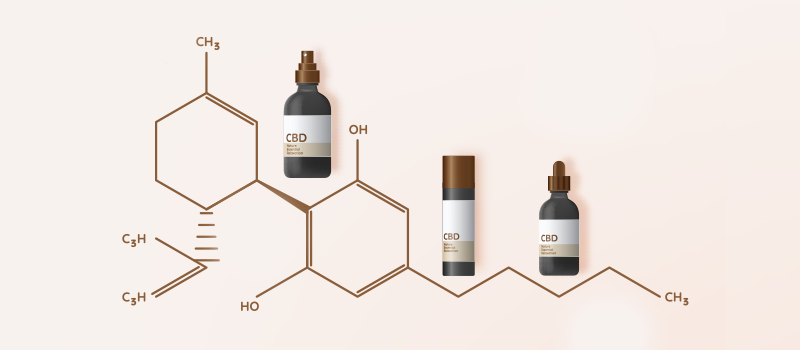
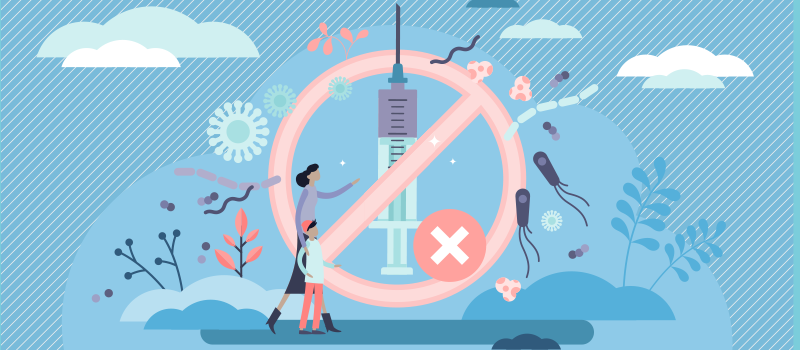

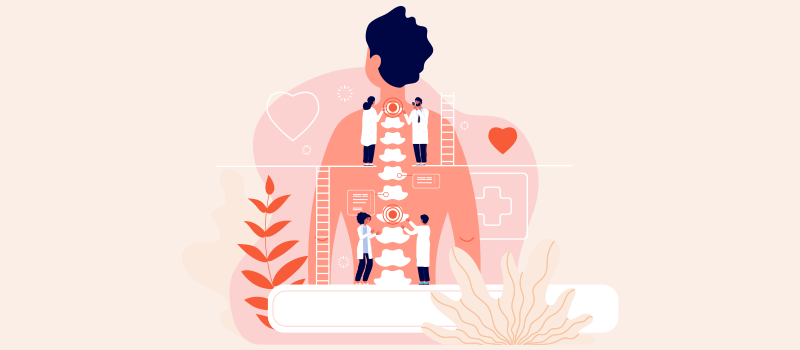
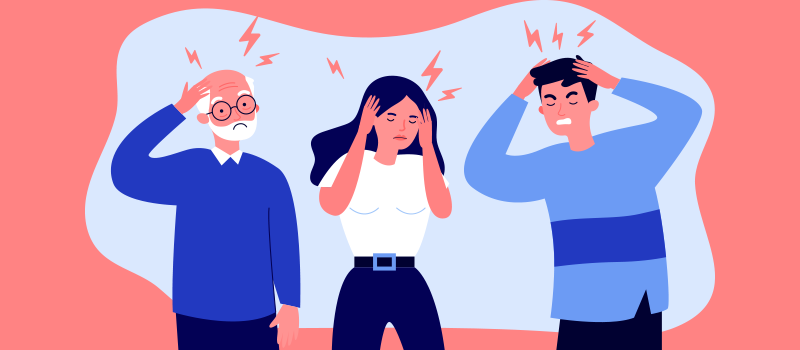

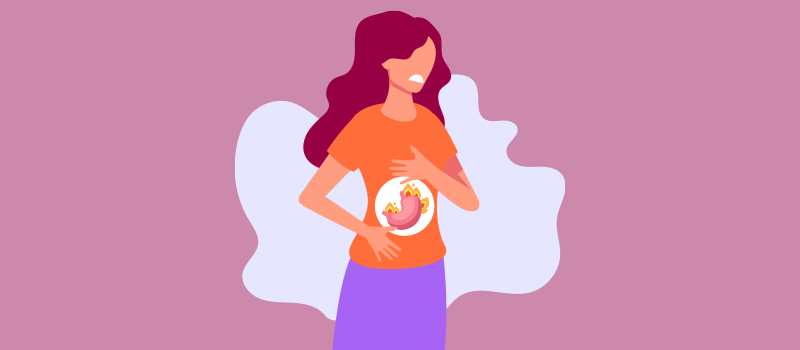



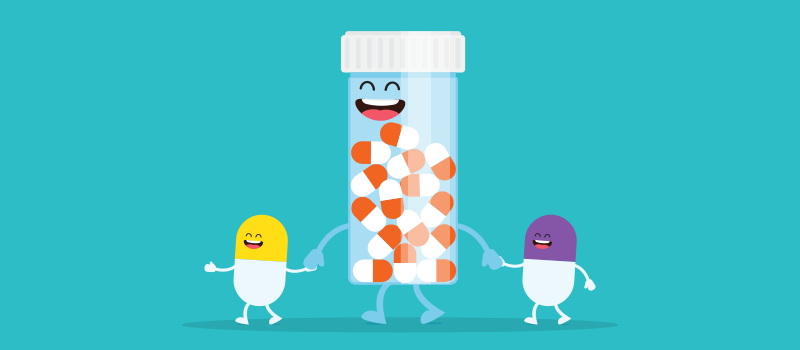
SOCIAL